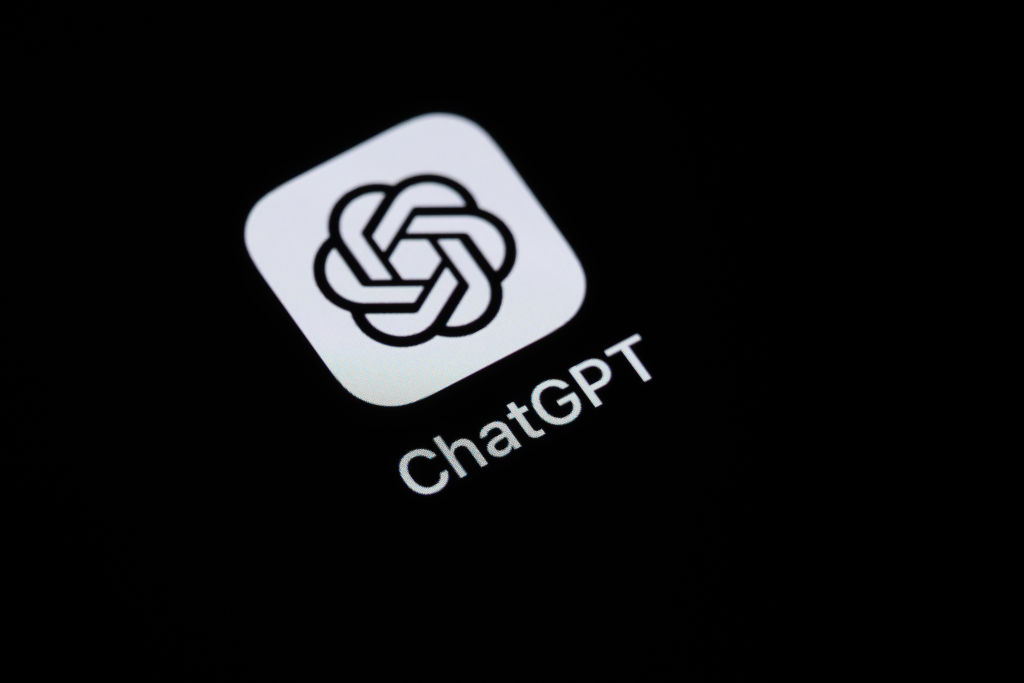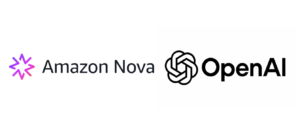OpenAI Launches Testing of ChatGPT Integrations for Google Drive and Slack

OpenAI Testing New ChatGPT Connectors for Business Applications
OpenAI is set to pilot a new feature known as ChatGPT Connectors, aimed at allowing business customers to easily integrate applications like Slack and Google Drive with ChatGPT. According to internal documents reviewed by TechCrunch, this initiative is designed to enhance the utility of ChatGPT for teams using these tools for communication and document management.
What are ChatGPT Connectors?
ChatGPT Connectors will enable ChatGPT Team subscribers to connect their Google Drive and Slack accounts directly to the chatbot. This means that ChatGPT can reference files, presentations, spreadsheets, and dialogues within Slack to provide informed answers to user queries. The aim is to allow employees to leverage internal data in much the same way that ChatGPT currently taps into general web knowledge for responses.
Future Expansion Plans
OpenAI plans to broaden the scope of ChatGPT Connectors by incorporating additional platforms like Microsoft SharePoint and Box, as stated in the documentation. This scalability suggests that OpenAI is focused on making ChatGPT an essential tool for businesses looking to optimize their software ecosystems.
Practical Implications for Businesses
The introduction of ChatGPT Connectors is OpenAI’s latest move to position ChatGPT as an integral part of business operations. While some organizations have shown hesitance in allowing ChatGPT access to sensitive business data, others are quick to adopt these technologies. The new connectors could also offer a compelling alternative to existing AI-powered enterprise search tools, potentially attracting traditionalists to embrace AI capabilities.
Technical Features of ChatGPT Connectors
The ChatGPT Connectors feature will be available in beta to select ChatGPT Team users. It utilizes a specialized version of OpenAI’s GPT-4o model, which is capable of refining its answers based on internal company data. The model operates by creating a searchable index of company files and conversations, which are stored on OpenAI’s servers in an encrypted format.
User Accessibility and Data Privacy
To address concerns around data security, the document assures that permissions from Google Drive and Slack are fully respected. Only users with the correct access rights in these platforms can retrieve specific content through ChatGPT.
- Control Over Data Access: Administrators have the capability to select which channels and files from Slack and Google Drive are connected to ChatGPT.
- No Unauthorized Access: Employees are prevented from discovering any data they are not permitted to view in Google Drive or Slack.
Limitations of ChatGPT Connectors
OpenAI has outlined certain limitations to what the ChatGPT Connectors can access:
- Media Restrictions: The connectors do not support images within Google Drive files nor can they analyze data in Sheets or Excel workbooks fully.
- Message Retrieval Restrictions: ChatGPT Connectors cannot read direct messages or group chats on Slack, and messages from Slack bots will not be processed.
Participation Requirements for Beta Testing
Companies interested in participating in the beta phase of the ChatGPT Connectors are required to provide OpenAI with a selection of documents. This may include up to 100 reports, spreadsheets, presentations, or Slack conversations. OpenAI mentions that while they will not directly train their models with this data, it may be utilized to create synthetic data for future training purposes.
Importantly, the company has clarified that no data synced from Google Drive or Slack will be employed in training the AI’s algorithms, addressing privacy concerns that potential users might have.
Final Thoughts
OpenAI’s introduction of ChatGPT Connectors signals a significant shift towards making AI more accessible and practical for business environments. By allowing seamless integration with widely-used productivity tools, this feature aims to transform the way employees interact with their internal resources, encouraging more effective use of artificial intelligence in day-to-day operations.






